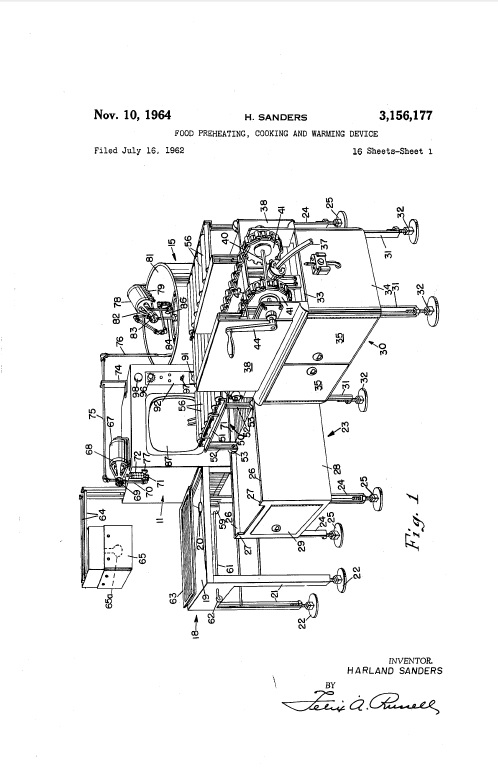In Interval Licensing LLC v. AOL, Inc., [2016-2502, 2016-2505, 2016-2506, 2016-2507] (July 20, 2018), the Federal Circuit affirmed the district court’s determination that claims 15-18 were directed to an abstract idea: the presentation of two sets of information, in a nonoverlapping way, on a display screen.
The Federal CIrcuit said that considered as a whole, the claims fail under § 101’s abstract idea exception because they lack any arguable
technical advance over conventional computer and network technology for performing the recited functions of acquiring and displaying information. The Federal Circuit pointed out that the specification describes the claimed instructions as routine and conventional.
In this case, Interval Licensing contends that the claimed “attention manager” provides a technological improvement to a computer system. The Federal Circuit disagreed, noting that the focus of the claims here is directed to “providing information to a person without interfering with the person’s primary activity,” i.e., the result-centric construction of the claimed “attention manager.” The Federal Circuit said that standing alone, the act of providing someone an additional set of information without disrupting the ongoing provision of an initial set of information is
an abstract idea, noting the use of a breaking news ticker across the bottom of the screen. The Federal Circuit said that it has held that information is intangible, and that collecting, analyzing, and
displaying that information, without more, is likewise an abstract idea. The Federal Circuit said that recitation, as in this case, of the collection, organization, and display of two sets of information on a generic
display device is abstract absent a “specific improvement to the way computers or other technologies operate, remained abstract.
The Federal Circuit also rejected the argument that the claims are not abstract in view of the claimed display instructions, pointing out that the the claimed instructions do not identify how the function is performed. The Federal Circuit said that acquiring and organizing information, as broadly recited by some of the instructions
limitations, is an abstract idea, not an improvement in how computers and networks carry out their basic functions.
The Federal Circuit also rejected the argument that acquisition of specific information desired by the user represented an inventive concept, noting that offering a user the ability to select information to be displayed is one of the “most basic functions of a computer.”
Having have considered all of Interval Licensing’s arguments and finding them unpersuasive, the Federal Circuit affirmed the determination that 15–18 of the ’652 patent were directed to patent ineligible subject matter.



